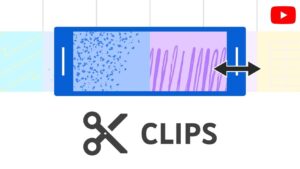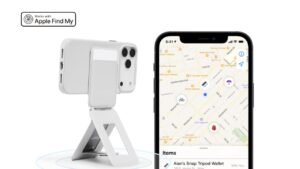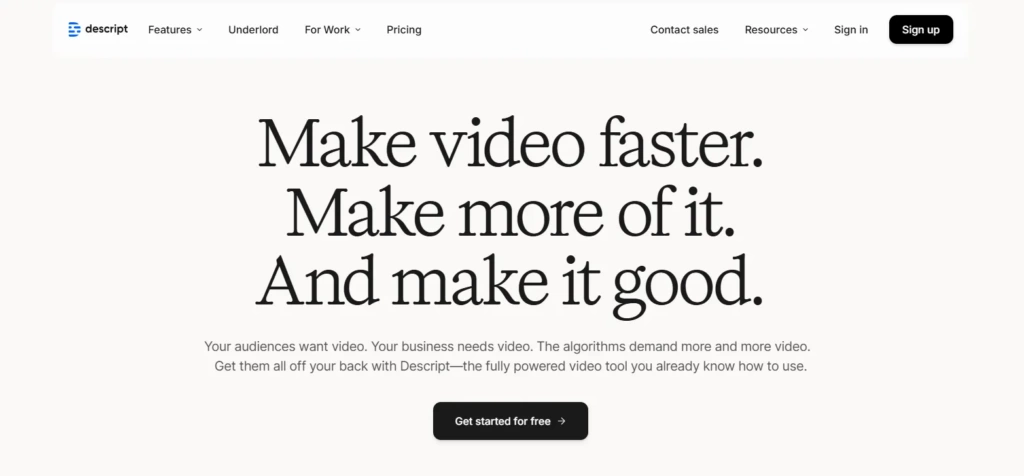
Credit: <a href="https://riverside.fm/">Reverside.fm</a>
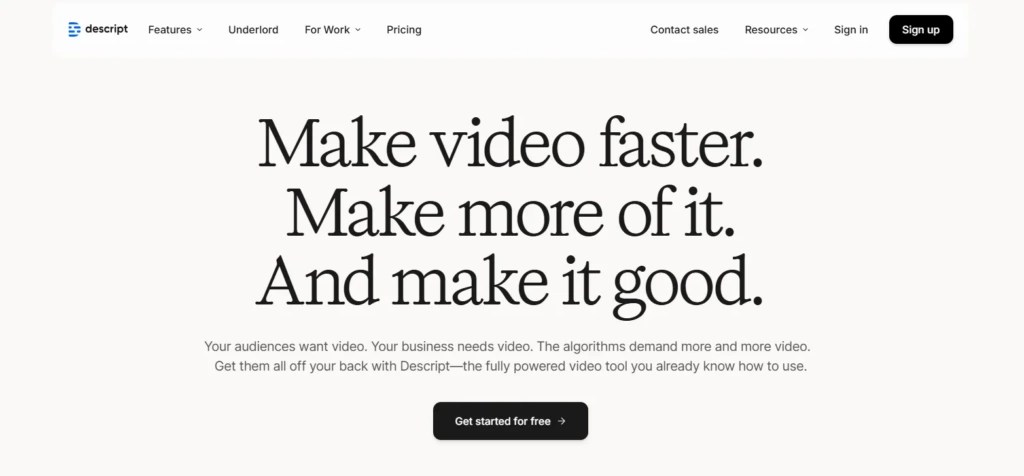
Podcasting has really changed over the years—from simple home setups to professional studio productions. What used to be just a hobby is now a serious way to tell stories, teach, grow businesses, and build personal brands. As podcasts keep getting more popular in 2025, it’s clear that creators need good podcast recording software that has solid recording features and editing tools.
If you’re thinking about starting a podcast or want to improve your current setup, this article goes over some of the best podcast recording software that also includes useful editing features. Whether you’re just getting started or looking to step up your game, we’ve got some great options for you.
Why Use All-in-One Podcast Recording Software?
A lot of people starting out think they need separate apps for recording and editing. That’s not really how it works anymore. Nowadays, it’s way easier to just use one piece of software that does everything.
When your software can record and edit, it:
- Saves you time because you’re not jumping between different programs.
- Means you have fewer problems with file types not working together.
- Makes the whole creative thing easier, especially if you’re doing it alone or with a small group.
- It is easier to learn since you only have to learn one program.
So, using an all-in-one setup isn’t just easier, it can really help you make better stuff and get more done. And now, in 2025, there are more of these tools available than ever.
How We Picked the Best Podcast Recording Software?
Before we get into the list, here’s what we looked for in each tool:
- Audio and video quality: We want clear, high-quality sound and visuals.
- Editing options: From basic to advanced tools, all in one place.
- Ease of use: The software should be easy to use for both beginners and seasoned pros.
- Cloud integration and backup: This is especially handy for teams working remotely.
- Price and value: A range from free tools to those made for professionals.
- Device compatibility: Whether you’re on Windows, macOS, or just using a browser.
With that in mind, let’s check out the top podcast recording software for 2025. Each one comes loaded with editing features to make things simpler for you.
Top 4 Podcast Recording Software With Built-In Editing (2025)
1. Riverside.fm

If you’re searching for podcast recording software that’s both pro-level and super easy to get the hang of, Riverside.fm is a great choice. It gives you studio-quality sound and video right from your browser.
Forget about downloading stuff or messing with complicated setups. It’s clean, simple, and just works.
Why do pros and newbies both trust it?
Unlike some online tools that ruin audio quality when your internet acts up, Riverside.fm records straight onto each person’s computer. So, even if you get a Wi-Fi blip or video lag while you’re talking, the actual recording stays crystal clear.
Basically, your podcast won’t have any annoying dropouts, echoes, or garbage audio, even if you’re interviewing someone far away.
What Makes Riverside.fm So Great?
- Local recording: It records audio and video directly on each person’s computer. So, even if the internet is bad, the sound and video stay really good.
- Separate tracks: Each person gets their own track. This means you can easily edit out coughs, fix when people talk over each other, or make voices clearer. You have total control.
- 4K video: Great if you also put your podcast on YouTube or other social media sites.
- Built-in editor: Riverside has its own editor. So, you can quickly trim, cut, and rearrange things right there. No need to use another program unless you need to do fancy stuff.
- Magic clips: Turn your best podcast moments into short clips for Instagram, TikTok, or LinkedIn with just a few clicks.
- Automatic uploads & cloud backup: After you finish recording, all your files go straight to the cloud. That means no more worrying about losing audio or files getting messed up if something crashes.
What’s It Like to Use Riverside.fm? The interface is simple and clean, so you can focus on chatting without getting distracted by the tech.
Getting started is a breeze. Just create a meeting link and share it with your guest. They won’t need to download anything; just pop open the link in Chrome, and you’re set.
A Few Things To Note
- Riverside.fm is a paid service with different pricing based on how many recording hours you need and the features you want. While it might not be the cheapest tool out there, its reliability and sound quality make it worth the price.
- If you’re just starting and want studio-like quality without the need for fancy equipment or complicated software, Riverside is a great choice.
- For those with more experience, it’s one of the best podcast recording tools available in 2025.
2. Descript
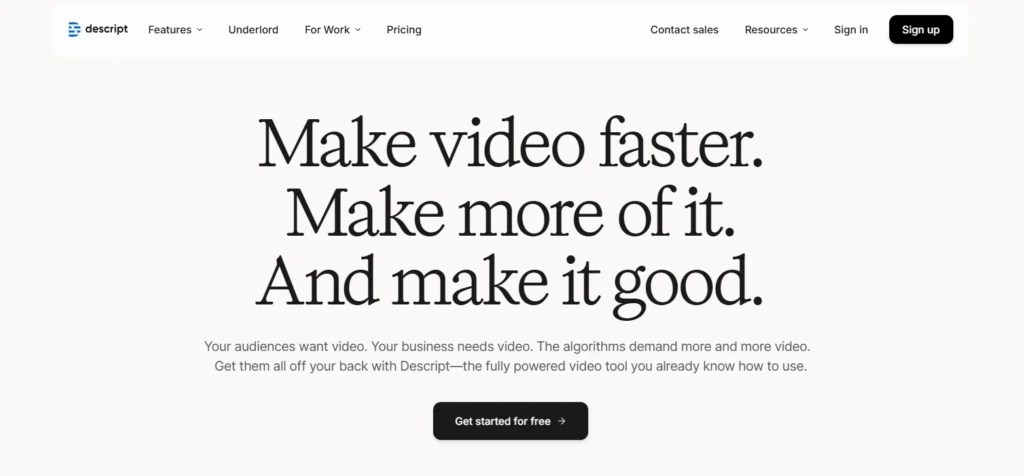
If editing audio is something that makes you feel stressed or overwhelmed- especially with terms like waveforms, timelines, and tiny pauses. Descript is one such podcast editiing software that will calm you down and make it that much easier.
Basically it is a prodcast recording software that turns your audio into text. This means you can edit your podcast like you’re editing a Google Doc or Word file.
Want to get rid of a sentence? Just select the words and press delete. It’s super easy to understand.
Revolutionizing podcast editing through transcription
The best thing about Descript is how it transcribes stuff. Once you record (or upload a file), it writes out your audio, and it’s surprisingly correct. Then you can:
- Get rid of um, uh, and you know in a few seconds.
- Cut out big chunks without messing with waveforms.
- Find and fix errors without re-listening to the whole thing.
For solo creators and educators who want to stay focused on storytelling instead of getting bogged down in editing tools, Descript is a dream come true.
What Makes Descript Stand Out in 2025?
- Text-based audio editing: Delete audio by deleting text—it’s as simple as editing a blog post.
- Overdub: A groundbreaking feature that lets you re-record a word or sentence using your AI voice clone. Great for fixing mistakes without re-recording the whole episode.
- Multitrack recording: Record yourself and your guest on separate tracks, giving you cleaner, more customizable edits.
- Screen and video recording: Useful if you also want to create tutorials, online courses, or visual podcast content.
- Built-in video editor: Drag-and-drop visuals, captions, and transitions—ideal for podcasters expanding into YouTube or Reels.
- Publishing tools: Descript lets you publish episodes directly or export to other platforms, making it part of an end-to-end workflow.
The simple design puts you in charge.
It feels more like a cool writing app than a complicated audio program. No confusing knobs or sliders here. Things are clear and easy to find: your words on one side, the audio/video thing on the other, and editing stuff tucked away nicely.
You don’t have to be an audio expert to make your podcast sound awesome—that’s what’s so cool about Descript.
Things To Keep In Mind
- Descript does its best work with good recordings. The recording tool inside is handy, but Riverside.fm is better for top-quality recordings. Still, you can record somewhere else and then bring the file into Descript to edit it.
- The free version lets you do basic stuff, but if you want the fancy features like Overdub or transcribe more stuff, you gotta pay. But, the free version is still good enough if you only need it a little bit.
3. Adobe Audition

If you want to set up a solid podcasting process that can tackle almost anything, Adobe Audition is a great choice. It’s not just basic podcast software; it’s a full audio production studio used by sound pros, broadcasters, and podcasters who like to have control over all the details.
While programs like Descript are all about ease and automation, Adobe Audition is made for those who want accuracy and plenty of features.
It’s the place to go when you want your podcast to sound top-notch, like something you’d hear on the radio.
Why People Choose Adobe Audition
Adobe Audition offers a range of features for audio recording and editing. You can easily remove background noise, balance voices, add effects, and finalize your mix all in one software.
Key Features That Make It Stand Out
- Multitrack recording: You can record your voice, your guest, and intro music on separate tracks, then organize and adjust them to create a smooth final piece.
- Noise reduction: Tools like DeReverb and DeNoise help clean up bad audio or minimize echo, while keeping your voice sounding natural.
- Equalizers and compression: You can fine-tune clarity, volume, and tone to match your style. These tools are what pros use in music and film.
- Spectral frequency display: This feature lets you see and target unwanted noises—like a dog barking or a background buzz—and remove them effectively.
- Easy Adobe integration: If you’re also using Adobe Premiere Pro for video or After Effects for graphics, Audition fits right in with your workflow.
What’s It Like to Use Adobe Audition?
Using Audition isn’t just about dragging and dropping—it’s all about having control and some serious depth. When you first open it, you might feel a bit lost with all the buttons, panels, effects, and meters.
But Adobe helps out with built-in tutorials, templates, and a huge online community to make learning a bit easier. Once you get the hang of it, you’ll see how nice it is to customize your work.
Things To Keep In Mind
- Adobe Audition isn’t the easiest tool to just jump into. If you’ve never edited audio before, it might look a bit scary at first.
- It also doesn’t have built-in podcast hosting or publishing features, so you’ll need to export your finished episodes and upload them to a podcast host afterward.
- Plus, keep in mind that it comes with a subscription fee. Audition is part of Adobe’s Creative Cloud and while the price is reasonable for what you get, it might not work for everyone, especially if you’re on a tight budget.
Why It Remains a Top Podcast Recording Software in 2025?
In 2025, Adobe Audition continues to lead the pack for creators who want broadcast-level sound quality and editing precision. While it may not have the all-in-one simplicity of tools, it makes up for that with unmatched flexibility and technical control.
4. Alitu

If you’re new to podcasting or you’d rather not deal with the techy stuff, Alitu is a great option.
It’s made for folks who want to create a polished podcast without having to dive into audio engineering.
Alitu isn’t just a tool for recording; it helps you through every step. You can record, edit your audio, add music, and publish everything from one straightforward dashboard.
Why is Alitu a hit with beginners?
Alitu is super easy to use. You don’t have to know anything about audio editing or mixing. Just record your voice, and Alitu handles the rest.
It removes background noise, balances the sound, and puts everything together so you can sound great, even if you’re recording from your kitchen table.
This kind of help is why Alitu is so popular right now.
Why Alitu Is A Great Choice?
- Easy audio cleanup: It gets rid of background noise and makes your sound consistent all the way through.
- Record right in the app: You don’t need other programs to record your own parts or interviews, even if they’re remote.
- Simple editing: You can easily cut, move stuff around, or fix mistakes with the visual editor, and it’s made for people who aren’t tech experts.
- Episode templates: Set up how you start and end your podcast, plus music, one time, and Alitu puts it in every new episode you make.
- Go straight to publishing: You can send your episodes right to hosting sites like Buzzsprout or Podbean without downloading anything.
- Music included: Add music without stressing about copyright stuff.
Alitu’s user experience is clean, friendly, and guides you through everything.
It feels like a podcasting helper more than a regular editor. Each step has explanations and tips, which is great if you’re recording for the first time. The layout is bright, it’s easy to find your way around, and there’s no confusing tech talk.
Alitu is designed for podcasters who want to move forward without getting bogged down in production.
Things To Consider
- Alitu is super easy to use, but it’s not for folks who want to tweak their sound a lot. You won’t find options for multitrack editing or fancy audio effects here. So, while it’s simple to use, you lose some flexibility.
- The remote recording feature is handy, but it might not match the quality of tools like Riverside.fm, which records each person separately in the studio.
- Alitu works on a subscription basis, and while it’s priced well for what you get, it might be a bit much for casual users.
Final Thoughts
By now, you’ve seen that the podcasting landscape in 2025 offers a wide array of tools. But don’t get caught up in the flashiest features or the biggest brand names. The best podcast recording software is the one that helps you create consistently and comfortably.
Look for:
- Simple workflows that match your experience level.
- Built-in editing tools that speed up your process.
- A clean interface that doesn’t overwhelm you.
Whether you lean toward an advanced editor like Adobe Audition or a beginner-friendly option like Alitu, remember that content quality comes from clarity, not complexity.
The post Best Podcast Recording Software with Editing Tools (2025) appeared first on AAET.





